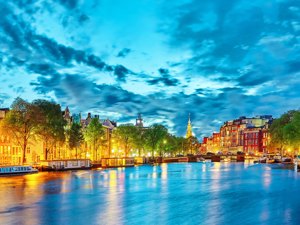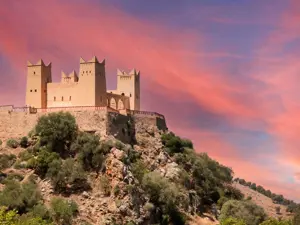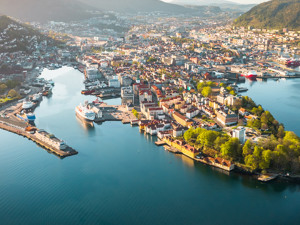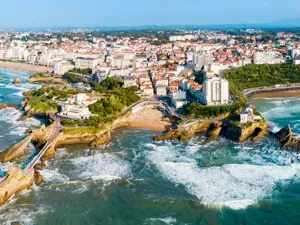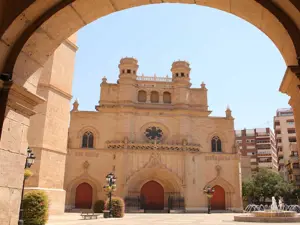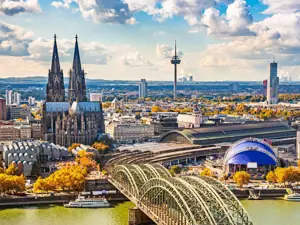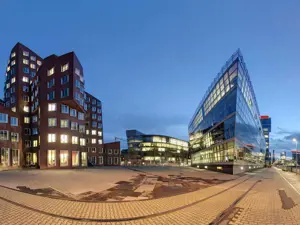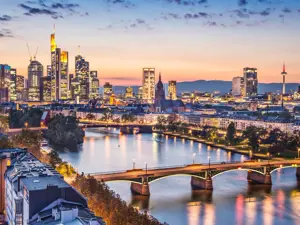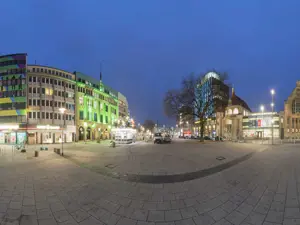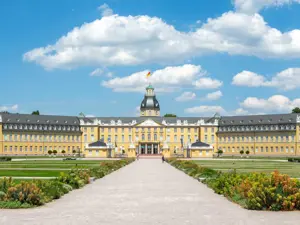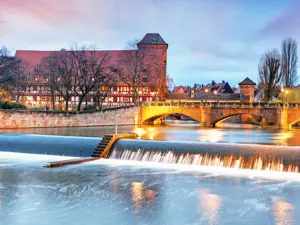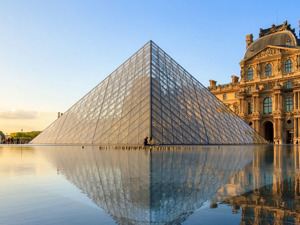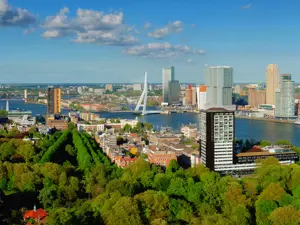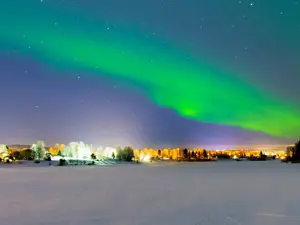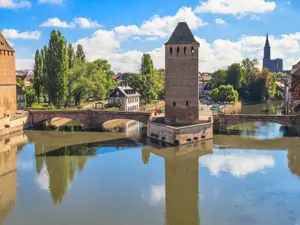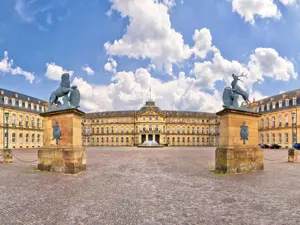The capital of the Grand Duchy, in the green heart of Europe
In the heart of Europe, bordered by Germany, France and Belgium, Luxembourg is a meeting point for the cultures of these countries. The capital of the same name is a cosmopolitan city, astonishing for the ornateness of its monuments, the liveliness of its inhabitants, and the prosperity perceived in everyday life. Its economy is mainly focused around the banking sector and it is also home to many European institutions, including the European Coal and Steel Community and the European Court of Justice.
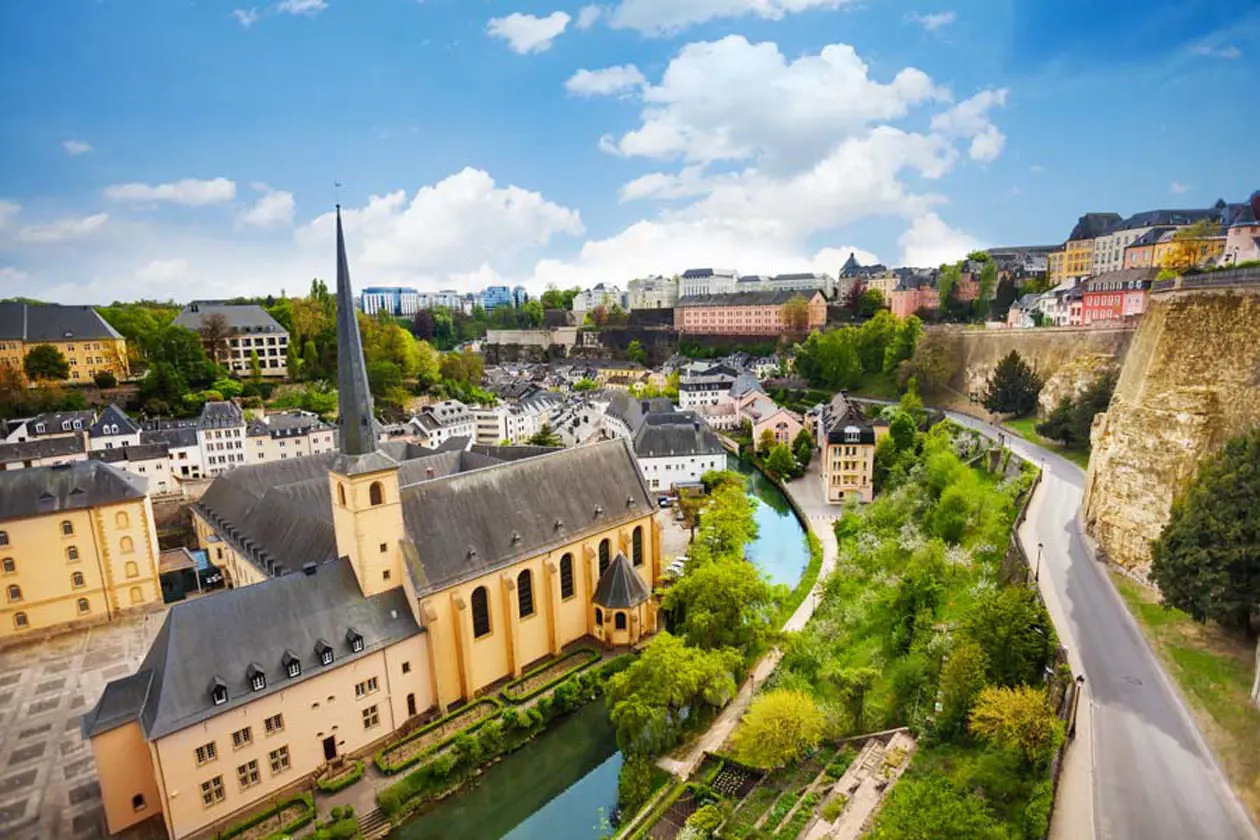
Luxembourg. Copyright © Sisterscom.com, Shutterstock
The name comes from Lucilinburhuc, meaning ‘small castle’, and it was originally the site of a Roman fortress on which Count Siegfried of Luxembourg built a large castle in 963 and around which the present old town grew, which still maintains its fortress-like appearance to this day.
The Castles of Luxembourg
The surrounding landscape is also a delight, with unexpected rows of vineyards lining hills on which medieval castles tower, rocky valleys where the rivers of the Alzette and Pétrusseflow and untouched forests grow.
The ramparts that overlook the landscape and the old town have been declared a World Heritage Site by UNESCO. Among these is the famous 'Corniche', known as 'the most beautiful balcony in Europe' due to the extraordinary view over the city and surrounding area that can be enjoyed from there.
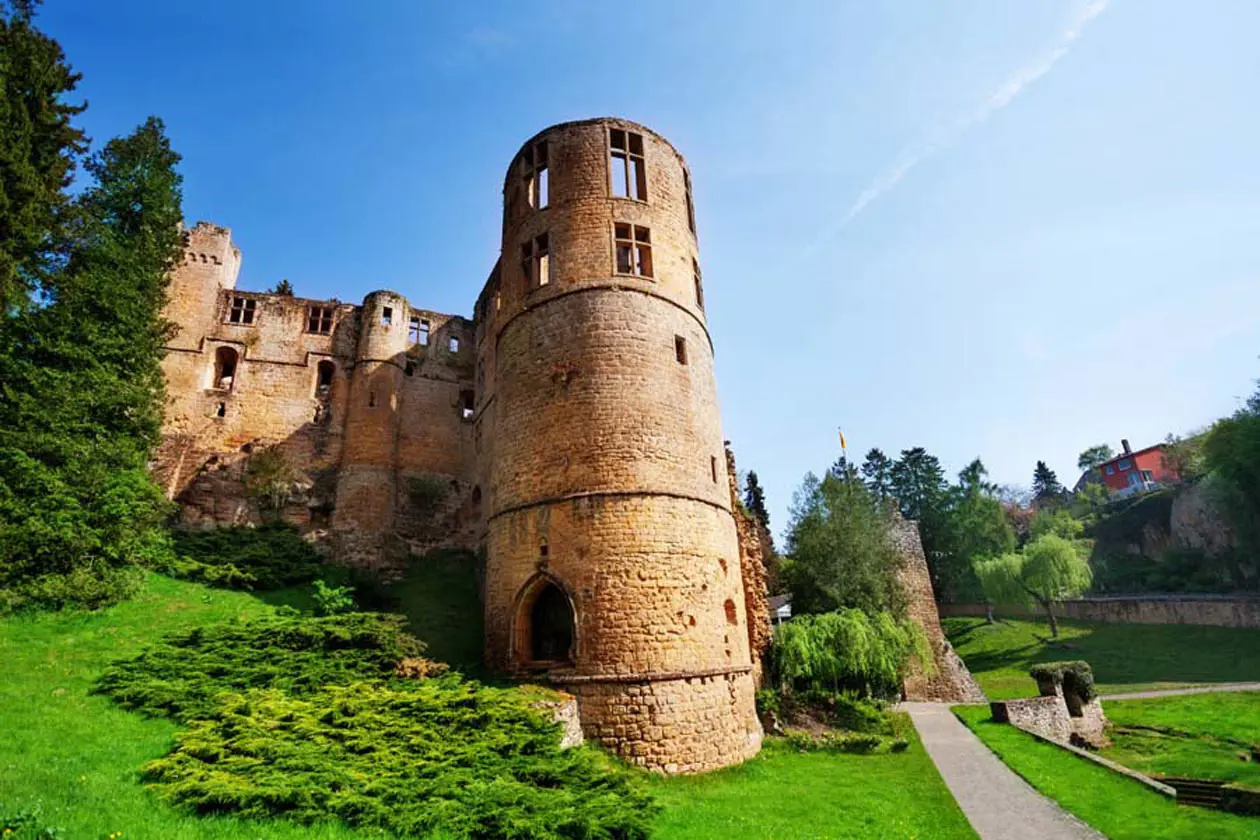
Beaufort castle. Luxembourg. Copyright © Sisterscom.com, Shutterstock
The old town of Luxembourg
Walking along the streets and squares across the cobblestone pavements of the old town, you will find typical medieval scenery which exudes an almost surprising international atmosphere. Place d’Armes (Arms Square) is the city’s meeting place. This square-shaped and tree-lined quadrangle is the ideal place to sip a cappuccino in one of the many cafés found between the various stalls of the flea market (which is held twice a month) or attend an outdoor concertin summer. Nearby is Place Guillaume (also a pedestrian area), dedicated to William II, sovereign and Grand Duke of Luxembourg, who is represented on the square by an equestrian statue; the square encloses the medieval area where the beautiful Grand Ducal Palace is located, home to the Grand Dukes, which has a beautiful Renaissance Flemish façade and sumptuous interiors.
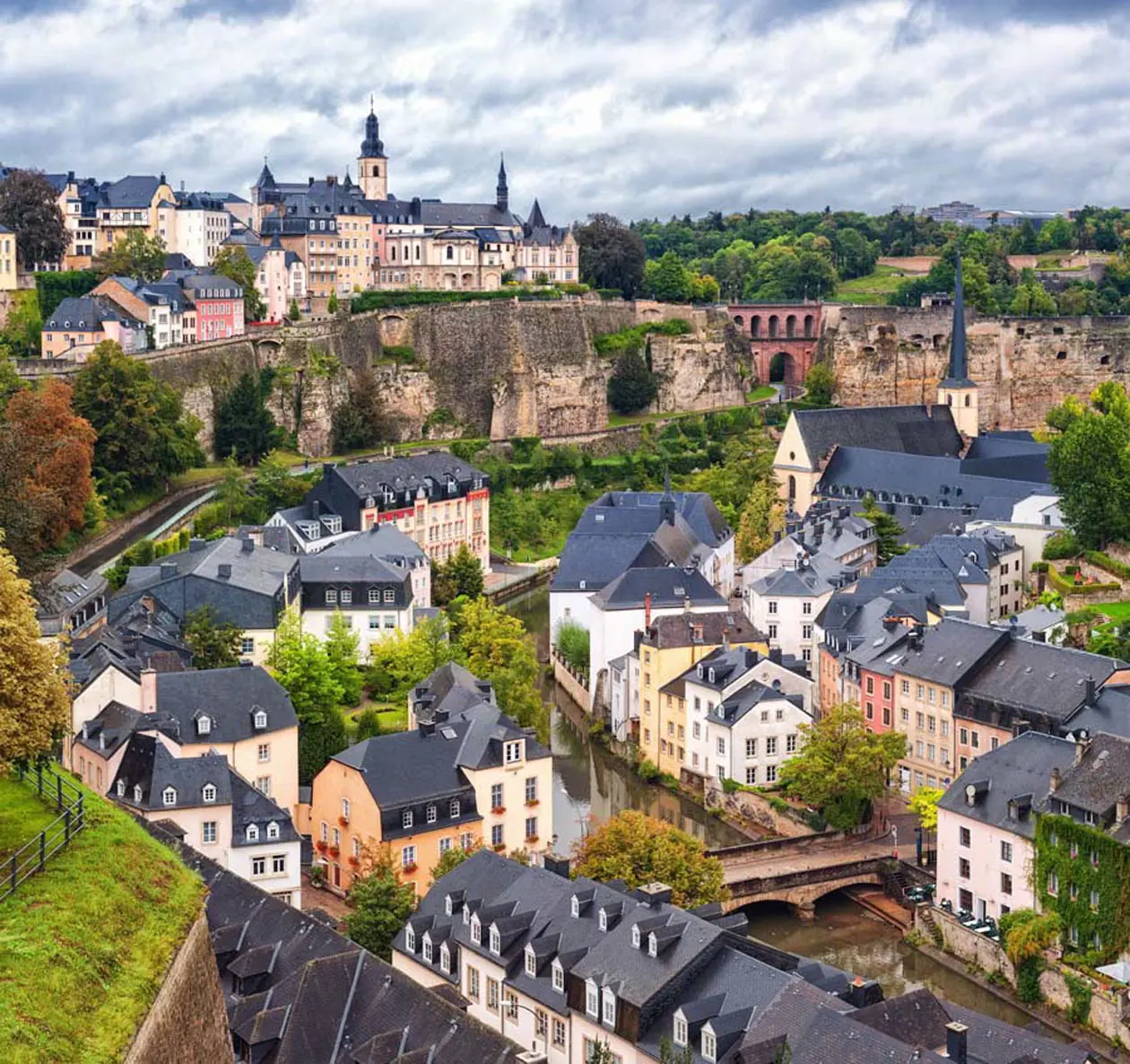 Veduta della città. Luxembourg. Copyright © Sisterscom.com, Shutterstock
Veduta della città. Luxembourg. Copyright © Sisterscom.com, Shutterstock Place de la Constitution is also an interesting location, due to the monumental granite obelisk, 21 metres high, on which stands the statue of the ‘Gëlle Fra', Luxembourgish for Golden Lady. It was erected to celebrate the resistance and victory of the soldiers during the 'German occupation’ of 1914.
The churches of Luxembourg
Churches and the places of worship of various denominations can be found throughout the city, but the most spectacular is the Gothic Catholic Cathedral of Notre Dame, with soaring spires outside and towering vaults inside that radiate spirituality. The Baroque Church of the Trinityis also a thing of beauty.
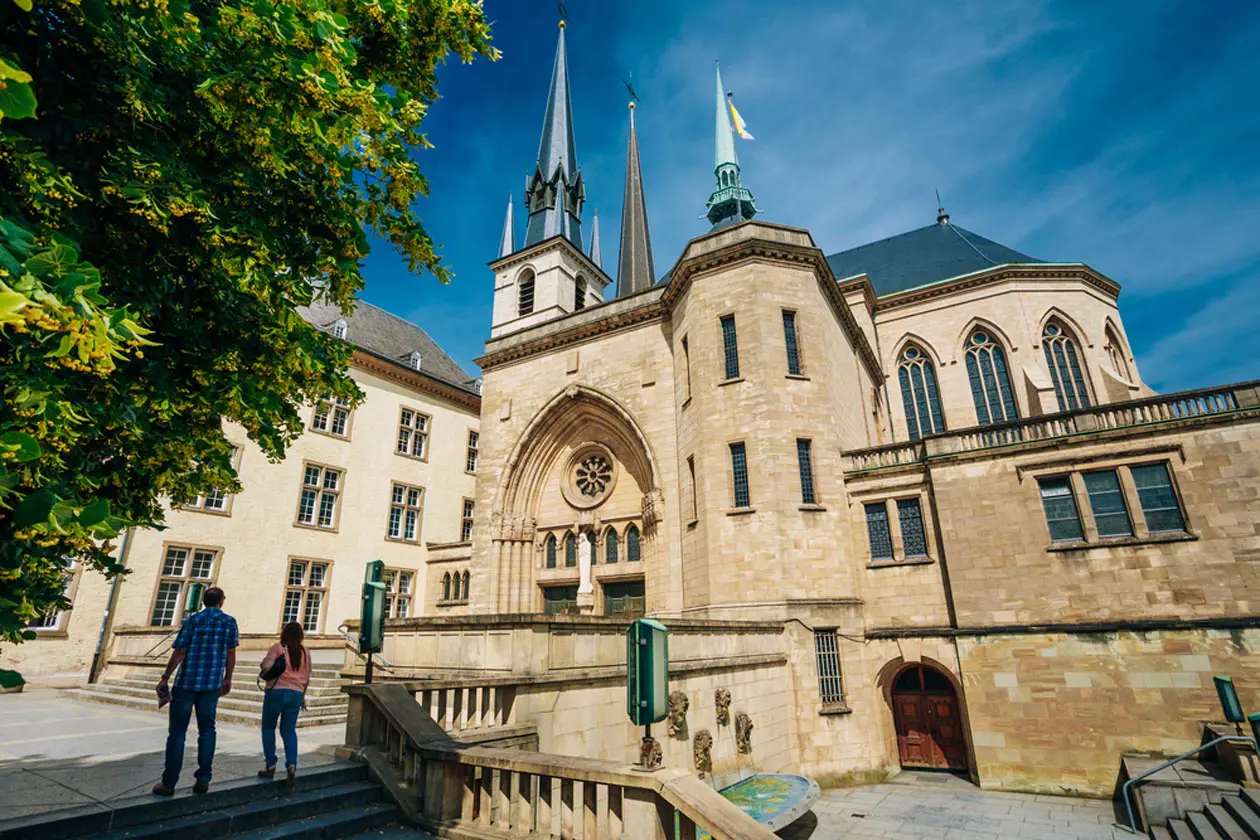 Gothic Catholic Cathedral of Notre Dame. Luxembourg. Copyright © Sisterscom.com, Shutterstock
Gothic Catholic Cathedral of Notre Dame. Luxembourg. Copyright © Sisterscom.com, Shutterstock But some of the city's most significant attractions are the Casemates, the vast subterranean fortifications that could house a large part of the army, which were created over the centuries for defence and used to protect thousands of civilians from bombing, especially during the first and second World Wars. Even though there are two of them, Pétrusse and Bock, the latter is certainly worth a visit as it is better preserved and has been declared a World Heritage Site. They were created in the 18th century during the Hapsburg period, and are made up of galleries that are kilometres long dug into the rocky promontory that overlooks the city above the Grund, a picturesque and lively neighbourhood in the valley.
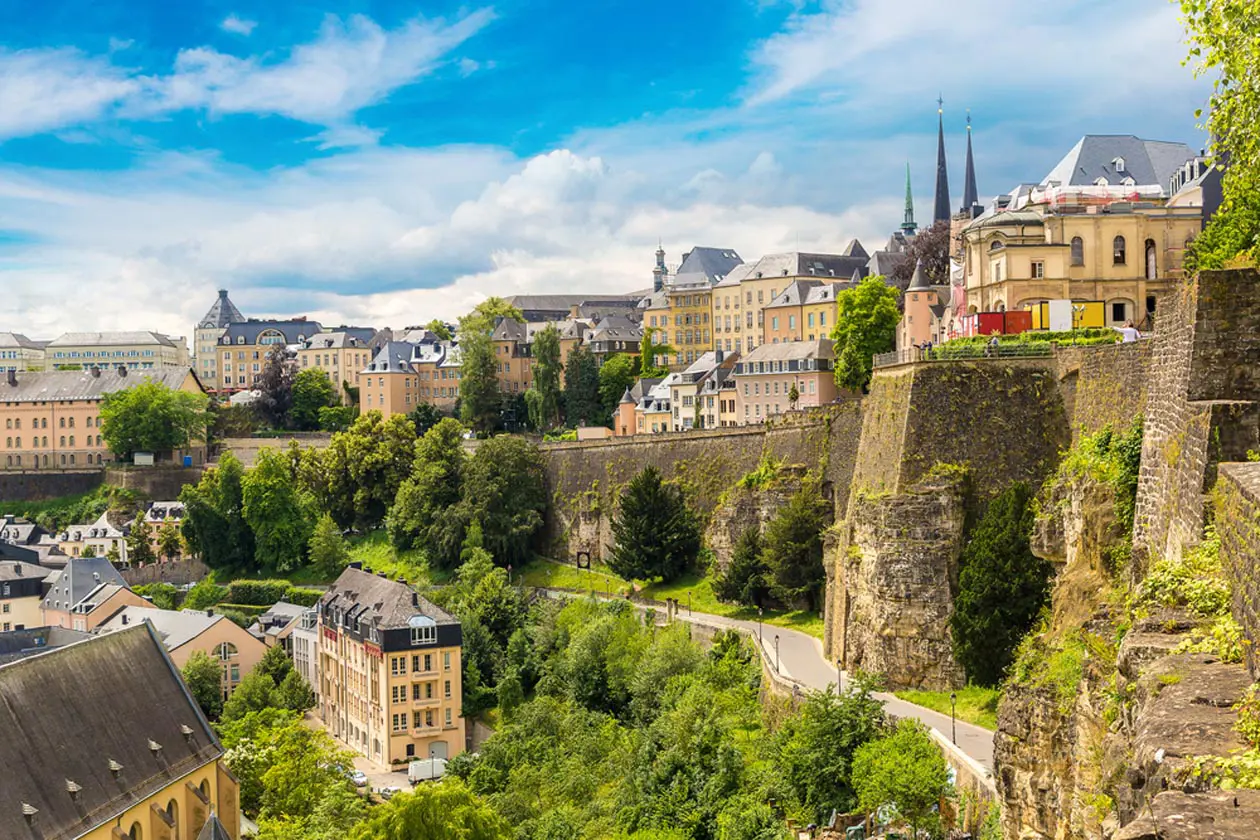
Luxembourg. Copyright © Sisterscom.com, Shutterstock
The city was declared the European Capital of Culture in 2007 due the presence of several interesting museums, including the History Museum of the City of Luxembourg, which reconstructs the ancient history of the city; the National Museum of History and Art, with important archaeological collections; and finally, the MUDAM, Museum of Modern Art, created to support every artistic discipline and focussed above all on emerging artists from all over the world.
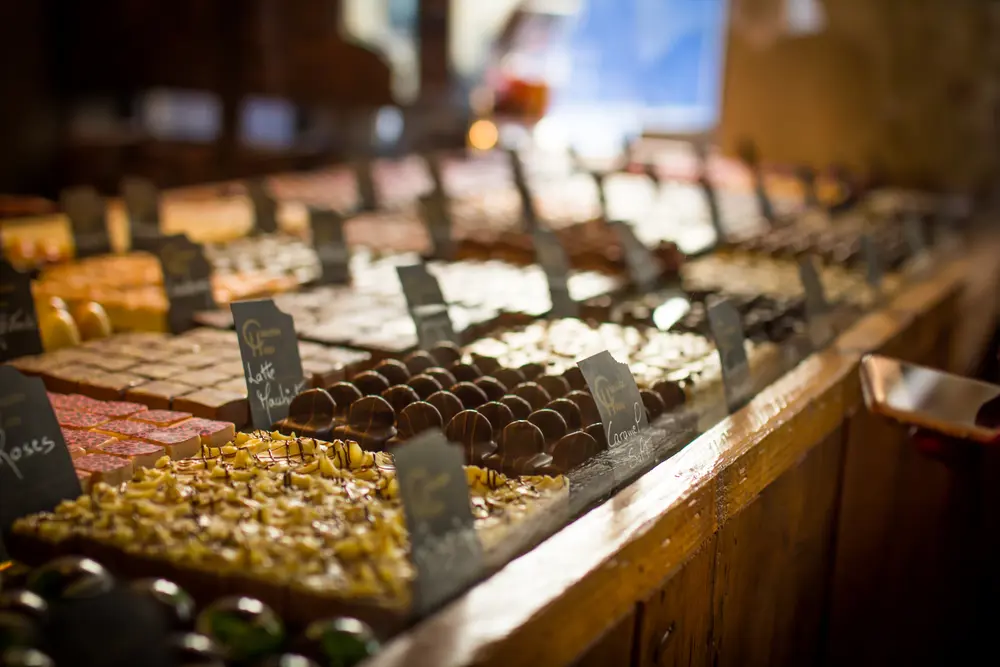
Chocolate. Copyright © Sisterscom.com, Shutterstock
Local products of Luxembourg
To conclude, some of the excellent products on offer range from excellent wines (among which is Riesling, cultivated on the shores of the Moselle) to cheeses, beers and sausages, as well as delicious chocolate.
Text by Anna Glik
Avion Tourism Magazine
Photos for editorial use only: Copyright © Sisterscom.com, Shutterstock
All rights reserved. Copyright © Sisterscom.com
Tourism Board
www.visitluxembourg.com
www.luxembourg-city.com/en
Partnership with Booking.com
Where to sleep in Luxembourg
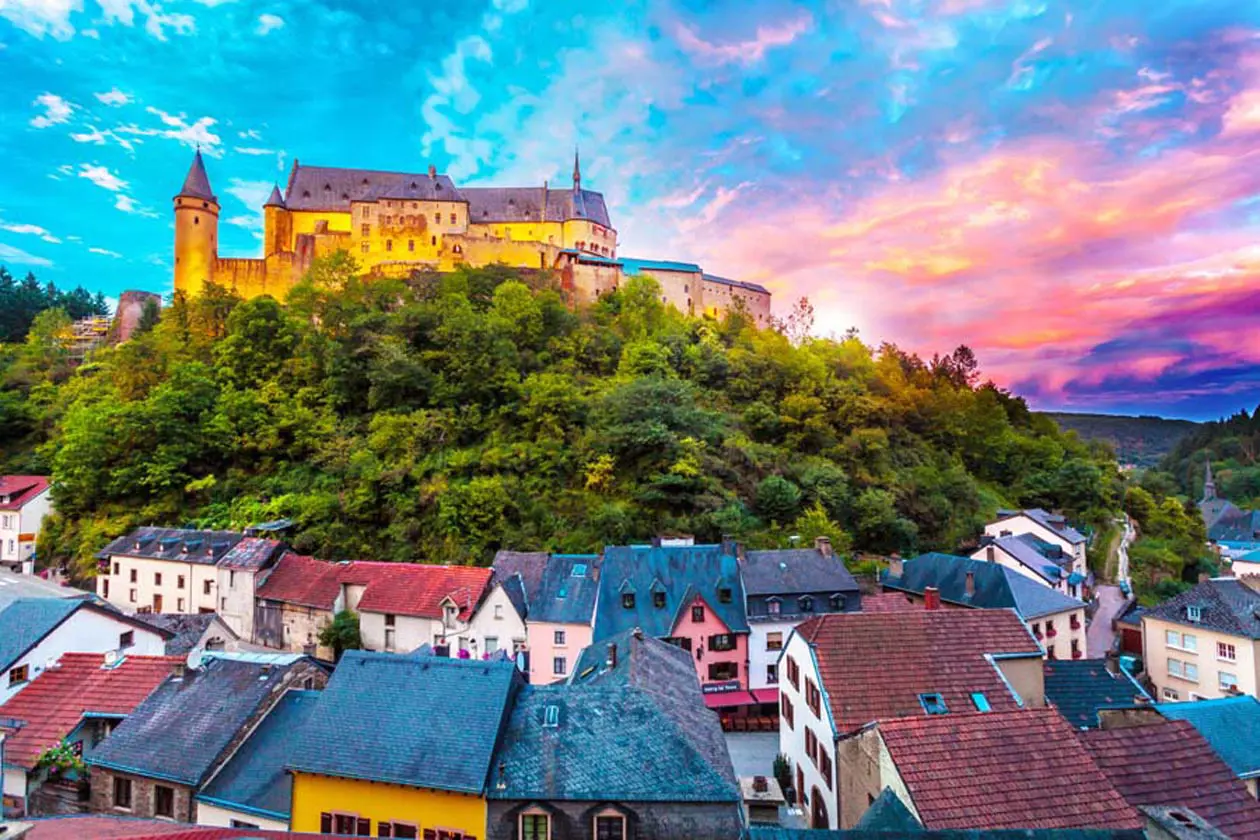
Luxembourg. Copyright © Sisterscom.com, Shutterstock
Luxembourg is a welcoming city and offers different possibilities for accommodation.
To find the ideal hotel and the best offers you can do a search for the stars but also for districts or landmarks.
STARS
Hotels for stars, differentiated by type of services:
DISTRICTS
Hotels in the districts
LANDMARKS
Hotels in tourist areas
WHERE TO GO in Luxembourg
Monuments of Luxembourg
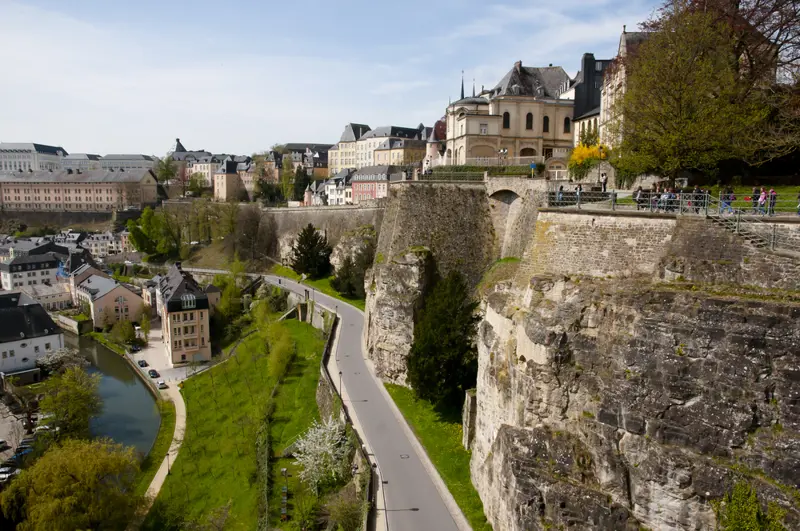
Copyright © Sisterscom.com, Shutterstock
BOCK CASEMATES
This is an immense, rocky and bomb-proof labyrinth excavated in the rocky promontory overlooking the city of Luxembourg It contains deep galleries, some down to a depth of 40 metres, and 17 km of corridors with informative panels that guide the way. They also housed ancient cannons and a small apartment with room, study, anteroom, inhabited by Marshal von Bender during the siege of 1794-95. An unmissable view of the city below, the Grund district which is connected to the historic part by an elevator, can be enjoyed from the embrasures. The Casemates’ Crypt kicks off the visit, together with the remains of the castle belonging to the first Counts of Luxembourg.
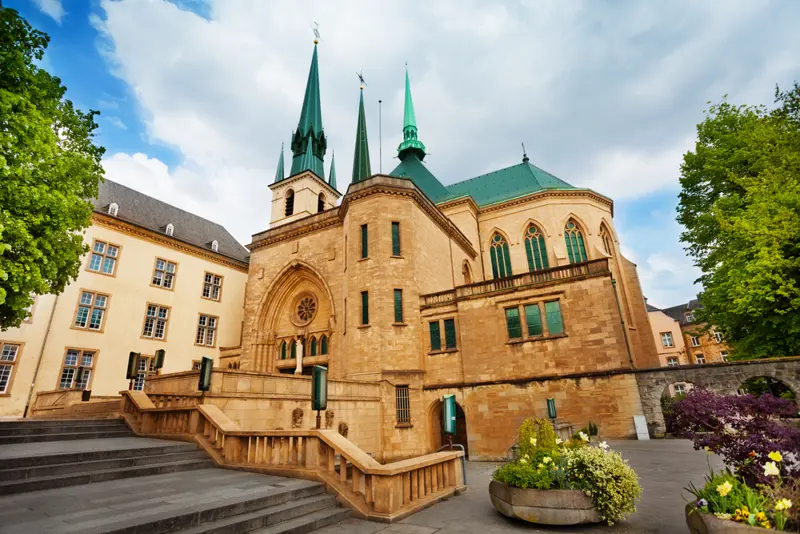
Copyright © Sisterscom.com, Shutterstock
CATHEDRAL
The church, dedicated to the Immaculate Conception, was erected by the Jesuits and its style is late-Gothic, with very steep spires, though with some Renaissance influence.
The interior features an artistic choir and Gothic confessionals. Considered a national symbol, it also houses the statue of the miraculous Madonna, Comforter of the Afflicted, patron saint of Luxembourg, a beautiful statue of polychrome linden wood that every year from the third to the fifth Sunday after Easter is revered with processions coming from all parishes of the Grand Duchy.
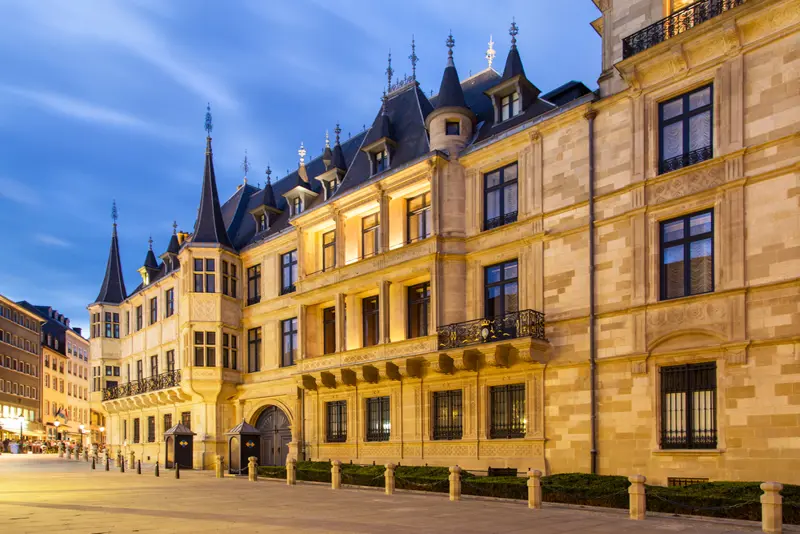
Copyright © Sisterscom.com, Shutterstock
GRAND DUCAL PALACE
This is home to the Grand Dukes of this small country and connected to Parliament, as it acts as Government headquarters in addition to being a place of residence. It is features an elegant Renaissance facade with Baroque flourishes and is patrolled by guards, goose-stepping its perimeter.
Inside, the Hall of the Nobles, the oldest in the building, boasts precious furniture, carpets and frescoes, and a number of artistic mirrors with inlaid frames. Only open to visitors in the summer.
Museums in Luxembourg
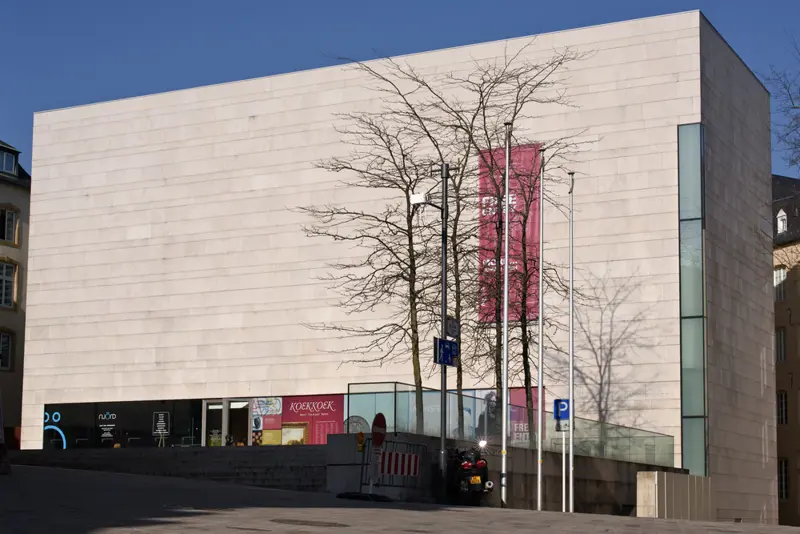
Copyright © Sisterscom.com, Shutterstock
NATIONAL MUSEUM OF HISTORY AND ART
Housed in an area of 6000 square meters, the museum contains a vast collection of archaeology and art. In the area dedicated to the Gallo-Roman period, in the Archaeology section, the Mosaic of the Muses, a polychrome mosaic of extraordinary beauty depicting the 9 muses as well as Homer, which dates back to the Roman period and was found recently in 1995 during the excavations of a Roman villa, is definitely worth seeing. In the Fine Arts section there are priceless paintings by Italian painters from the 13th to the 16th centuries, among whom are some notable mannerists, as well as works by Flemish artists such as Luca Kranach. And finally, there is a section of art and folk traditionshoused in four ancient bourgeois houses.
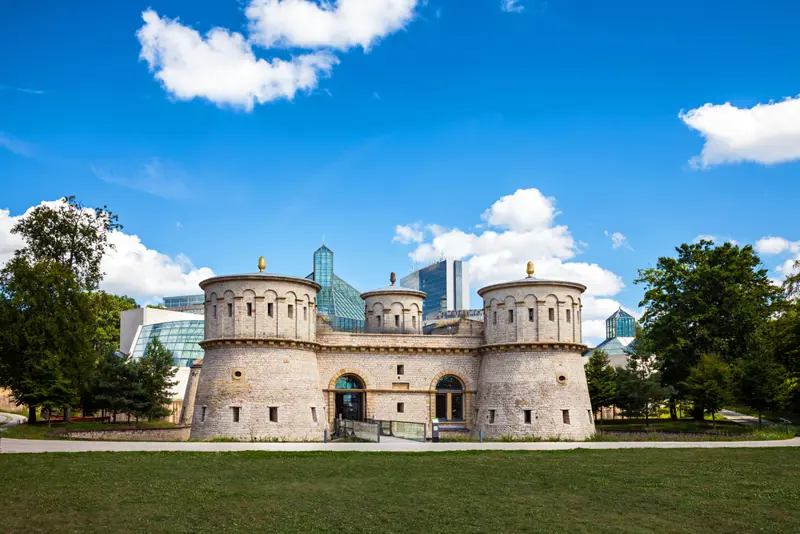
Copyright © Sisterscom.com, Shutterstock
MUDAM - MUSEUM OF MODERN ART (Grand-Duc Jean)
It is located in a futuristic three-story building made of stone and glass, a work by Chinese architect Ieoh Ming Pei, famous for being the creator of the Louvre Pyramid.
Inside, it houses works by great artists such as Alvar Aalto, Roland Fischer, Martin Margiela and many more.
Developed around a beautiful park, it is very interesting and equipped with bars and restaurants for a pleasant break.
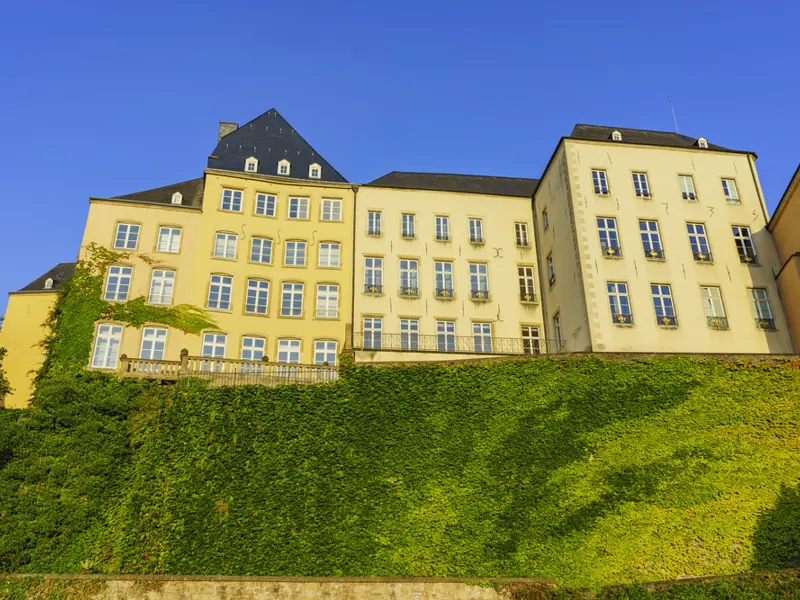
Copyright © Sisterscom.com, Shutterstock
HISTORY MUSEUM
Also known as the Millennium Casket, it provides a complete overview of the city's age-old history, its urban and architectural development, the events that characterized it, the lifestyle of the inhabitants and the most famous people who lived there.
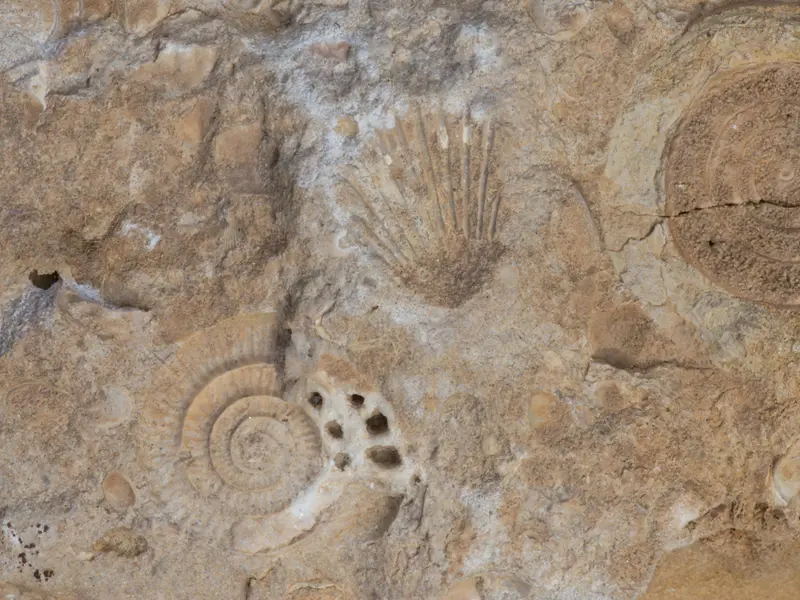
Copyright © Sisterscom.com, Shutterstock
MUSEUM OF NATURAL HISTORY
Located in the Grund district, overlooking the river Alzette, the museum offers educational fun, even for the little ones, with interactive points and display cases illustrating natural phenomena of all kinds and the evolution of man on Earth.
Excursions in Luxembourg
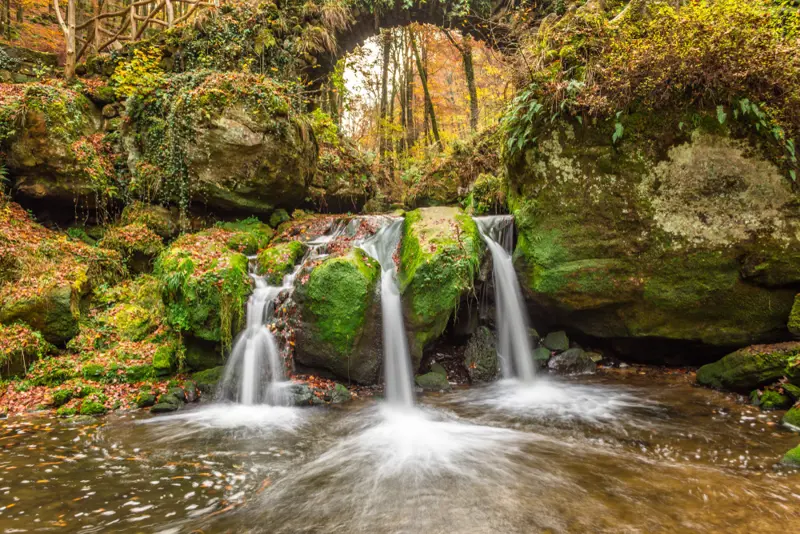
Copyright © Sisterscom.com, Shutterstock
ARDENNE PARKS
It is worth traveling a few kilometres from the city to discover the surrounding natural wonders such as the Ardennes Nature Reserve, also known as Oesling, a natural area characterized by hills and forests, meadows and river valleys, and home to beavers, squirrels, foxes, deer and wild boar, with picturesque castles surrounding it: Wiltz, Clervaux, Beaufort and Bourscheid.
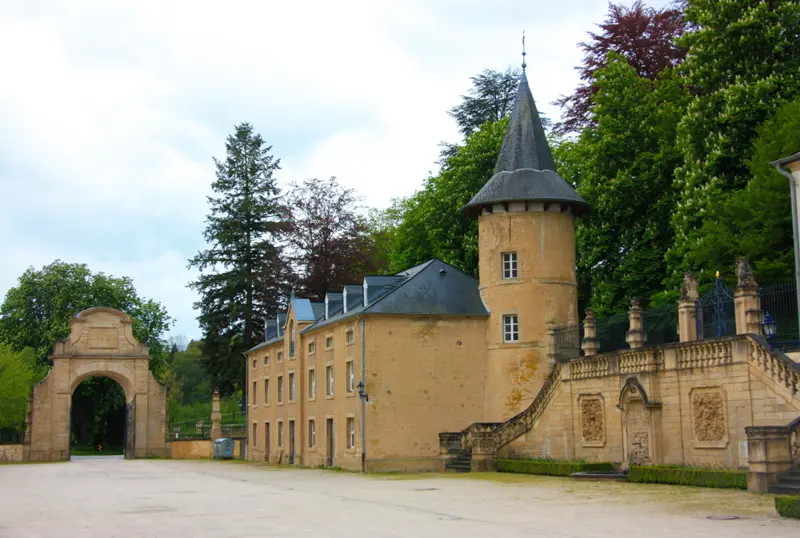
Copyright © Sisterscom.com, Shutterstock
ANSEMBOURG CASTLE
The Baroque gardens of the new Ansembourg Castle in the Valley of the Seven Castles are also well worth visiting. Originally it was characterized by statues, fountains, exotic plants and fruit trees.
Partnership with GetYourGuide
Discover all tours
You might be interested in
Destinations found in the vicinity
Other destinations
Airports nearby Luxembourg




